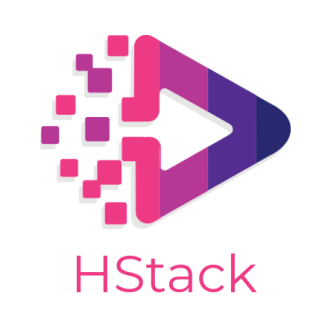When we think of the internet, we imagine a vast network of interconnected websites, search engines, and social media platforms that provide us with information, entertainment, and communication. However, there is a deeper, mysterious side of the internet known as the dark web. In this article, we will explore the dark web, its hidden features, and the risks associated with it.
What is the Dark Web?
The dark web refers to the encrypted network that exists between internet servers and can only be accessed using specific software, configurations, and authorization. Unlike the surface web that we commonly use, which is indexed by search engines, the dark web is hidden and requires anonymity to access.
One popular technology used to access the dark web is Tor (The Onion Router). Tor allows users to browse the internet anonymously by routing their connections through multiple servers, making it nearly impossible to trace the origin of the connection. This anonymity attracts not only legitimate users seeking privacy but also criminal activities.
Features of the Dark Web
While the dark web is notorious for being a hub of illegal activities, it is important to understand that it also hosts legitimate websites, discussion forums, and online communities. Some of the features of the dark web include:
- Marketplaces: The dark web is infamous for hosting various marketplaces for illegal goods and services. These marketplaces sell drugs, weapons, counterfeit currency, and even hacking tools.
- Hacking and Cybercrime Forums: The dark web is a breeding ground for hackers and cybercriminals. It offers forums where individuals can share hacking techniques, sell stolen data, or purchase hacking services.
- Whistleblowing and Anonymity: The dark web also provides a platform for individuals to disclose sensitive information anonymously. This is often used by whistleblowers to expose corruption or illegal activities.
- Censored and Restricted Content: Countries with strict internet censorship often use the dark web to access restricted content and avoid surveillance.
The Risks of the Dark Web
While the dark web has some legitimate uses, it poses significant risks to individuals who venture into it:
- Illegal Activities: The dark web is a hotbed for illegal activities such as drugs and weapons trafficking, human trafficking, hacking, and identity theft. Engaging in such activities can land individuals in legal trouble.
- Malware and Scams: Many websites on the dark web contain malware and scams designed to exploit unsuspecting visitors. Clicking on a wrong link or downloading a file can result in malware infections or financial loss.
- Law Enforcement Surveillance: Despite the anonymity provided by the dark web, law enforcement agencies are actively monitoring the activities on these platforms. Engaging in illegal activities can lead to serious consequences and legal action.
- Psychological Impact: The dark web exposes individuals to disturbing and illegal content that can have a profound psychological impact. Being exposed to violent or explicit material can cause trauma and affect mental well-being.
It is crucial to understand that accessing the dark web carries significant risks, and engaging in illegal activities can have severe consequences. It is always recommended to stay on the legal and safer side of the internet.
In conclusion, the dark web is a hidden side of the internet that requires specific software and authorization to access. While it hosts some legitimate content, it is predominantly known for illegal activities, scams, and malware. Venturing into the dark web poses risks of legal trouble, malware infections, surveillance, and psychological impact. It is essential to stay informed and cautious when it comes to exploring the hidden side of the internet.
